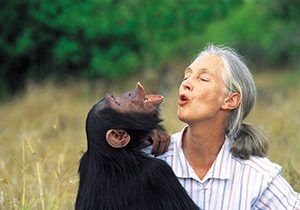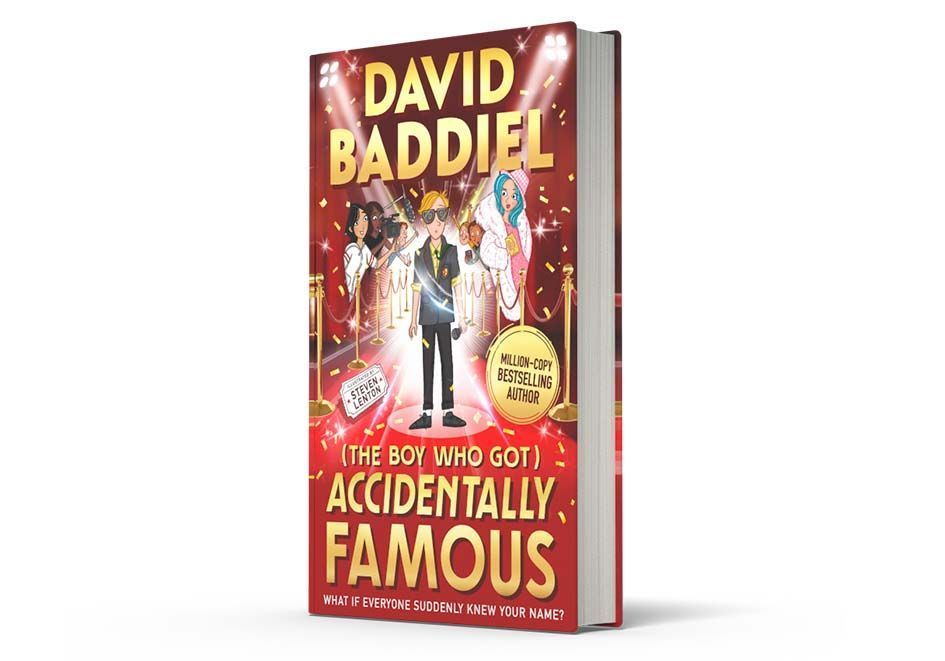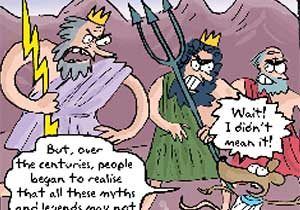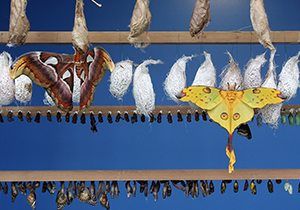
Charles Darwin Primary Resource
Discover the events that led to Darwin’s theory of evolution
This Science primary resource introduces children to the life of Charles Darwin in this easy-to-read comic. Discover the events that led to his theory of evolution. What was Darwin’s favourite hobby? Where did he first encounter a rainforest? How many years did he spend writing about barnacles?
Pupils will learn about the different ways that Charles Darwin studied animals in our National Geographic Kids’ Science primary resource sheet.
The teaching resource can be used in study group tasks for a simple explanation of Darwin’s life and work. It could be used as a printed handout for each pupil to read themselves, or for display on the interactive whiteboard, as part of a whole class reading exercise.
Activity: Ask children to imagine they are Charles Darwin making notes on his discoveries in South America, and write a diary entry of what he may have seen or studied. They could include illustrations of different species. Pupils could research the meaning of ‘natural selection’ and write down their findings. Our Charles Darwin: Theory of Evolution resource could be used to help them.
N.B. The following information for mapping the resource documents to the school curriculum is specifically tailored to the English National Curriculum and Scottish Curriculum for Excellence. We are currently working to bring specifically tailored curriculum resource links for our other territories; including South Africa, Australia and New Zealand. If you have any queries about our upcoming curriculum resource links, please email: schools@ngkids.co.uk
This Science primary resource assists with teaching the following Key Stage 2 Science (Year 6) objectives from the National Curriculum:
Pupils should be taught to:
- recognise that living things have changed over time and that fossils provide information about living things that inhabited the Earth millions of years ago
- recognise that living things produce offspring of the same kind, but normally offspring vary and are not identical to their parents
- identify how animals and plants are adapted to suit their environment in different ways and that adaptation may lead to evolution
Pupils might find out about the work of palaeontologists such as Mary Anning and about how Charles Darwin and Alfred Wallace developed their ideas on evolution.
This Science primary resource assists with teaching the following Sciences First level objectives from the Scottish Curriculum for Excellence:
- By comparing generations of families of humans, plants and animals, I can begin to understand how characteristics are inherited
Scottish Curriculum for Excellence Sciences Second level objectives:
- By exploring the characteristics offspring inherit when living things reproduce, I can distinguish between inherited and non- inherited characteristics.
Download primary resource
More Like

Dr Jane Goodall interview!

(The Boy
Who Got) Accidentally Famous

Max on Mount Olympus!









LEAVE A COMMENT
THANK YOU
Your comment will be checked and approved shortly.
WELL DONE,
YOUR COMMENT
HAS BEEN ADDED!
COMMENTS
CUSTOMIZE YOUR AVATAR